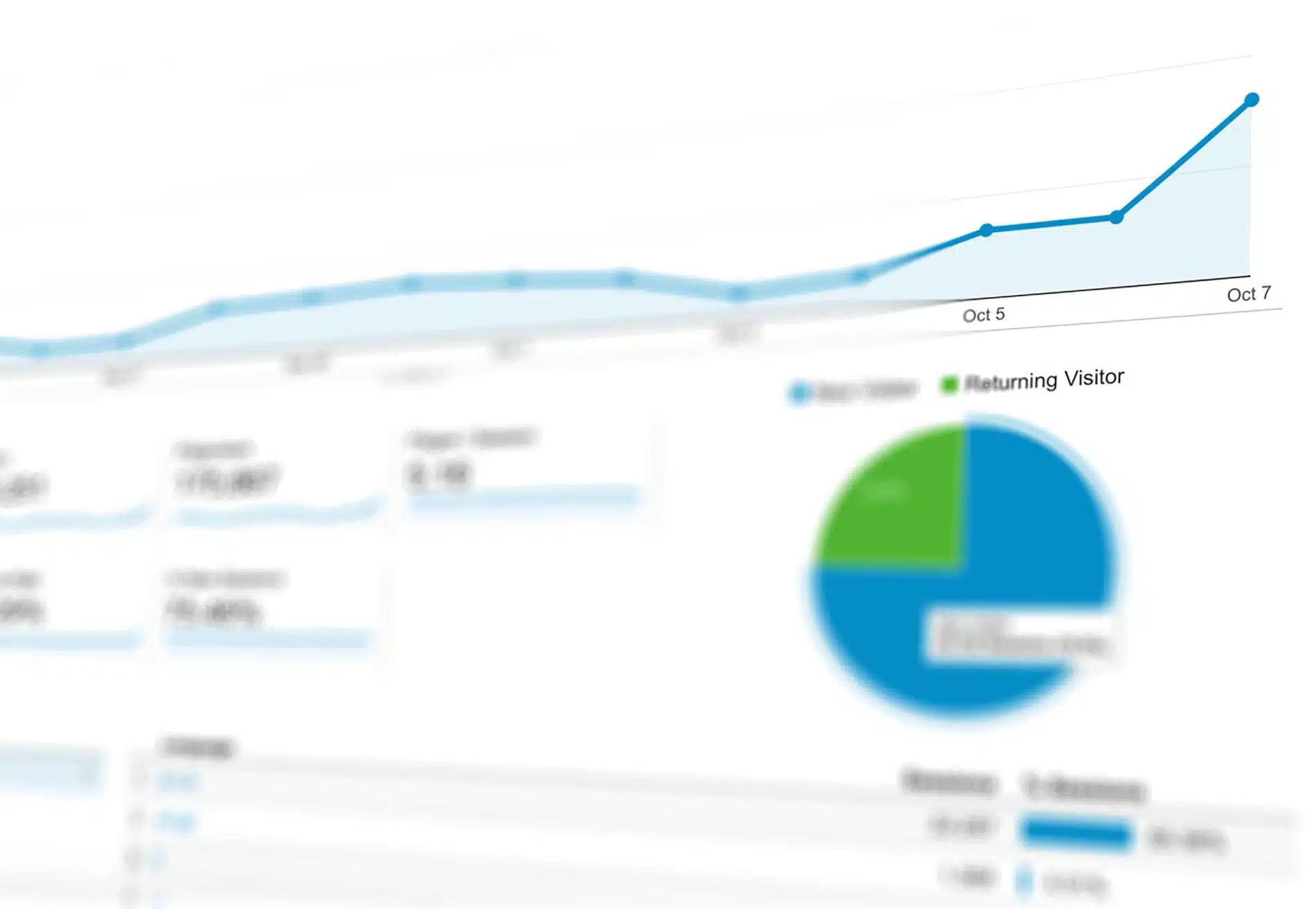

When you’re marketing your online business, you may be focusing on how to drive more traffic to your website. However, measuring traffic alone only tells part of the story about your marketing efforts. Your bounce rate is a measure of whether that traffic is actually sticking around on your website, and can offer a more complete analysis of the success of your current marketing strategy. In this guide, we’ll evaluate 4 common causes of a high bounce rate.
What’s a High Bounce Rate?
Your bounce rate is a measure of the percentage of people who come to your website and then leave without clicking through to any other pages on your site. These single-page visits indicate that a potential customer made it to your website and then wasn’t interested in what you had to offer. While you’ll always have some single-page visitors on your website, you should be striving towards a low bounce rate.
The average website will see a bounce rate anywhere from 25-70%. Generally, if your bounce rate is under 40%, you’re doing pretty well, while a bounce rate over 55% may be cause for concern. Certain types of websites, like blogs and news websites, will have higher bounce rates due to the nature of the site. Here are 4 common causes of a high bounce rate that you should fix today.
Slow Loading Website
Page load time drastically affects bounce rates. The average website takes a little over 3 seconds to load, while most customers begin being impatient around 2 seconds. Studies show a direct correlation between a long loading time and a high bounce rate. Essentially, the longer it takes your website to load, the more likely your customers are to become impatient and visit a competitor’s site instead.
To reduce the load time on your website, compress your images, reduce the number of scripts you have running, and consider limiting video content.
Poor Mobile Experience
More than half of the traffic on your website is mobile. This means that a website that’s friendly for mobile users is critical to achieving a low bounce rate. Not only will mobile users leave your website if they can’t access it remotely, but Google’s algorithms will actually penalize you for having a website that’s not mobile friendly.
You may need to hire a web designer to help you make your website mobile-friendly. It’s even possible to have slightly different interfaces depending on whether a customer is accessing your website via desktop or via mobile device.
Lack of Search Engine Optimization
Another reason that visitors may leave your website is that the site doesn’t contain the information they were expecting. This may occur if you lack search engine optimization. When Google and other search engines don’t understand what your website is about, the traffic they direct to you often isn’t connected to your content. Customizing your content to address your target audience and focus on the goods and services you offer can improve your bounce rate.
Poor Web Design
When visitors come to your website, they decide at a glance whether or not they trust your company. You can build trust by having an easy-to-navigate, professional-looking website. Having a testimonials page allows visitors to see what other users have to say about your brand and can help them build trust as well. While these good website decisions can improve your bounce rate, a poor web design can make your business look sketchy and turn customers away.
Conclusion
Reducing your bounce rate is an important factor on the road to increasing your conversion rate. Here at Hello Digital, we’re committed to helping you present the best website possible. Our new growth optimization program will evaluate your current website and help you quickly grow your business and achieve your goals.
Recent Articles
Write For Us
Think you’ve got a fresh perspective that will challenge our readers to become better marketers? We’re always looking for authors who can deliver quality articles and blog posts. Hundreds of your peers will read your work, and you will level up in the process.Ready to grow? Say Hello






